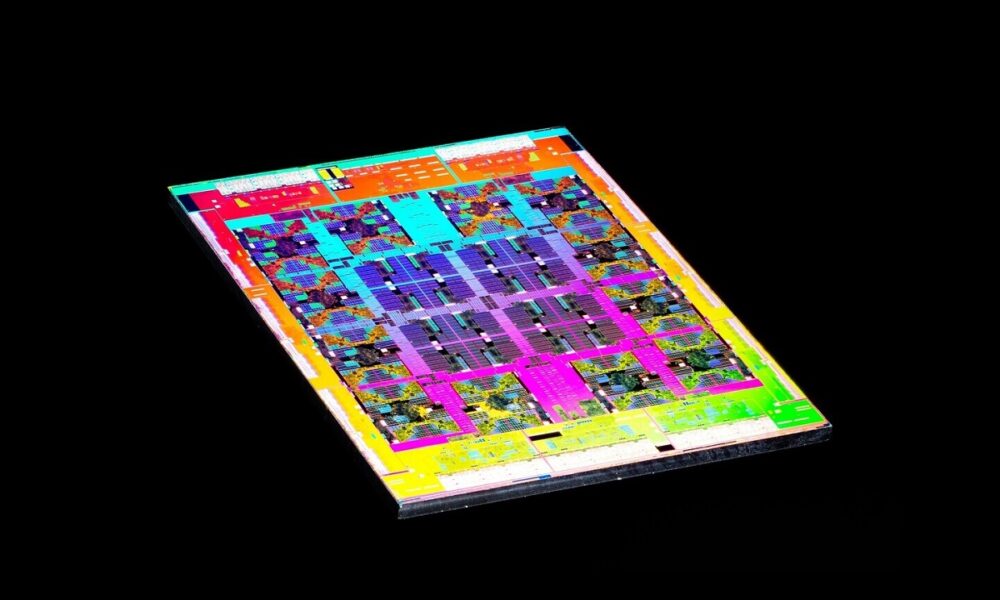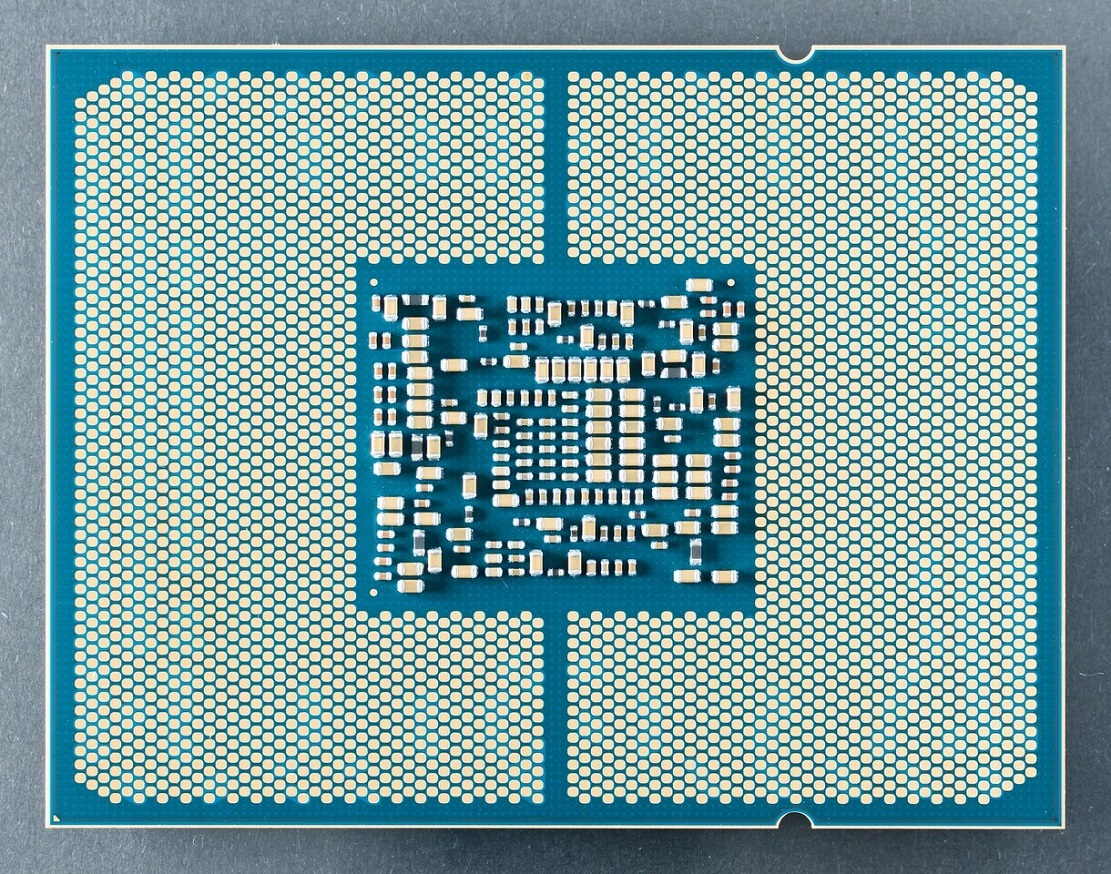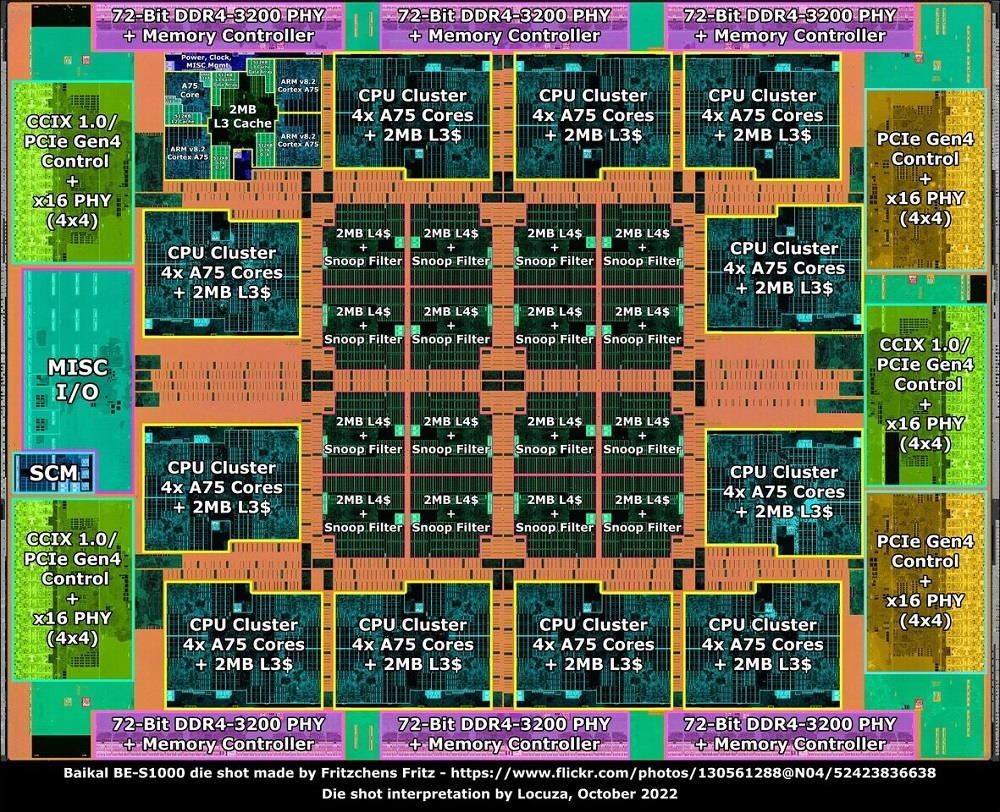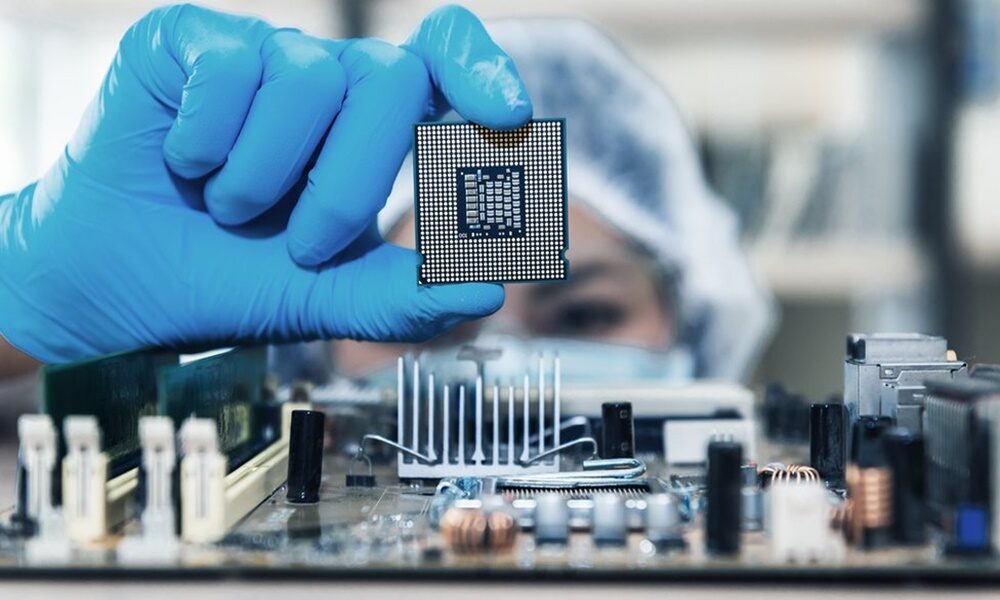
The Baikal-S BE-S1000 is the first Russian processor to feature a configuration of 48 cores, all based on ARM’s Cortex-A75 architecture. This architecture is not one of the most advanced that exists right now, although it is capable of offering quite competent performance, and far exceeds other low-power architectures, such as the Cortex-A55.
The details we had about this processor were quite scarce, but thanks to new information we have been able to delve into all the keys of the Baikal-S BE-S1000, and we have a very clear idea of all its components and their real potential. This chip is manufactured on the 16nm node, its 48 Cortex-A75 cores run at a speed of 2 GHz in base mode, and can reach 2.5 GHz in turbo mode. Its TDP is 120 watts, and as you can see in the cover image it uses a LGA interface.
The Baikal-S BE-S1000 uses a custom RISC-V kernel that handles kernel management and controls secure boot sequences. In the attached image we can also see the specific division of cores and all the elements that make up this chip. Each block of CPU cores integrates a total of four cores That adds up to 2 MB of L3 cache.
On the inside, which is surrounded by those blocks of CPU cores, we have a total of 32MB of L4 cache, and in the most external part we see the DDR4 memory controllers and the I/O interface systems and the PCIe subsystem. In total, the Baikal-S BE-S1000 has 24 MB of L3 cache distributed, as we said, in 2 MB blocks.
According to the first performance data that appeared, the Baikal-S BE-S1000 would be capable, in theory, of offering performance similar to that of the first generation EPYC processors, based on AMD’s Zen 1 architecture, which, we recall, were manufactured in the 14nm node. Not bad at all, especially considering that it is a Russian design. However, it is important to remember that when we make that performance comparison we are measuring it to a chip with 16 cores and 32 threadswhich means that the raw performance of each Cortex-A75 core is much less than that of a Zen core.





